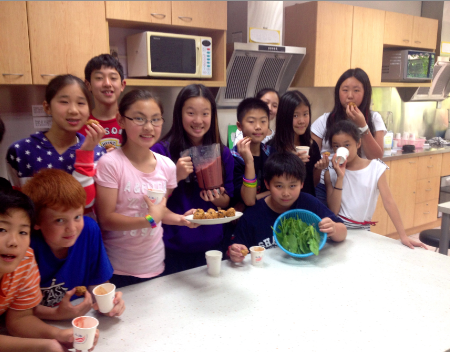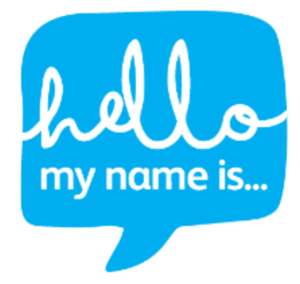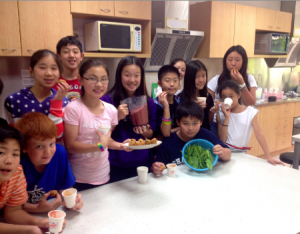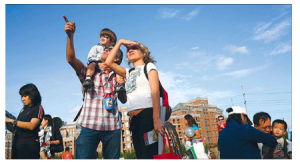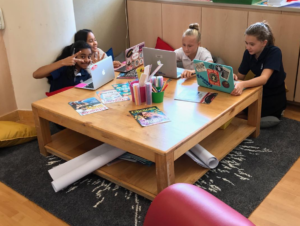Blue Zones, made popular by the book series from author and National Geographic journalist Dan Buettner, are five areas around the world in which people are reported to live happier, longer lives.
In honor of summer vacation, I decided to check out one of the healthy hot-spots — The Nicoya Peninsula in Costa Rica. The country’s slogan is “Pura Vida,” which essentially means “clean living.”
Being here over the past few weeks has taught me so much about leading a healthy, balanced life that I can’t help but think about how the Blue Zones would provide a great opportunity for project-based learning in the classroom.
Since I can’t bring my students to Costa Rica with me, I plan on having them research the Blue Zones, find out what’s making them such great places to live, and then come up with some ideas for creating Blue Zones of our own.
Here’s my outline for the Blue Zones Project, meant to promote healthy ideas for our kids and our communities.
Guiding Question: What are Blue Zones, and what lessons can they teach us about improving our health?
Part 1: Research
Have your students explore what Blue Zones are all about. Here are some good starting points:
• How Three So Cal Beach Cities Help Clear the Path for Healthier Choices
• Eight Ways to Create Your Own Personal Blue Zone
• National Geographic’s Blue Zones Photo Gallery
Part 2: Create a Plan
Ask your students, “What are specific, actionable tasks that we can carry out in our community?” While I plan on having the kids create these lists on their own, the following ideas will likely pop up in their research and can be used to jump-start their thinking.
Possible options:
1. Learn how to cook.
2. Walk to school.
3. Meditate.
4. Visit a senior center.
5. Volunteer to work with kids at a local elementary school or community center.
6. Grow a vegetable garden.
7. Cut out soda and energy drinks.
8. Come up with more creative ideas for fundraisers. (No more bake sales!)
9. Make your house a no-smoking zone.
10. Take up a new hobby as a family. (Bonus points if it gets you out of the house!)
Part 3: Making Changes
After the kids put together their lists, they’ll set to work on implementing the changes by using one or all of these three methods:
a. Personal Promise: What am I going to do differently this year to help myself become healthier?
For example: I will limit myself to no more than one hour of video games per day. To help myself stay on track, I will notify my friends and family of my plan, and find something social and active to do instead.
b. Family Plan: Spread the love. Show your family your list, and have each member circle at least one positive change that they will make personally. Then decide on one to make as a family.
For example: To strengthen ties within our community, our family will start a neighborhood tradition by organizing an old-fashioned Labor Day block party.
c. School Initiatives: Individually or with a group, come up with one initiative or change that we could bring about in our school. What change would you like to see? Who would you need to contact in our school community to make it happen?
For example: This Southern California school made a tiny switch that could have a lifelong positive impact on its students’ perception of physical activity:
“The schools don’t use physical activity — running laps, say — as punishment, so no one gets the idea that exercise is negative.”
– Steven Keller, superintendent, Redondo Beach Unified School District
Physical activity just for the fun of it? Now that’s something that is definitely happening down here in Costa Rica. Speaking of which… I better go get ready for yoga. Pura Vida!
